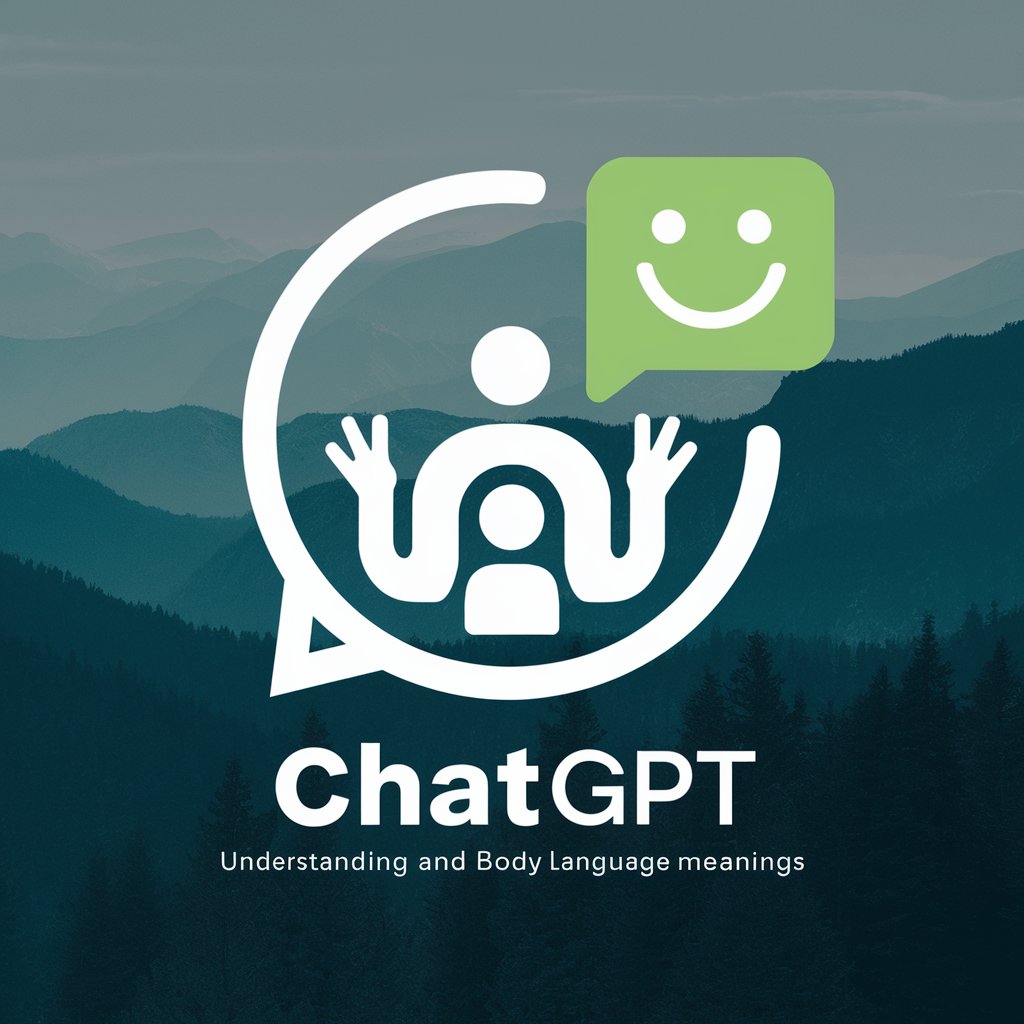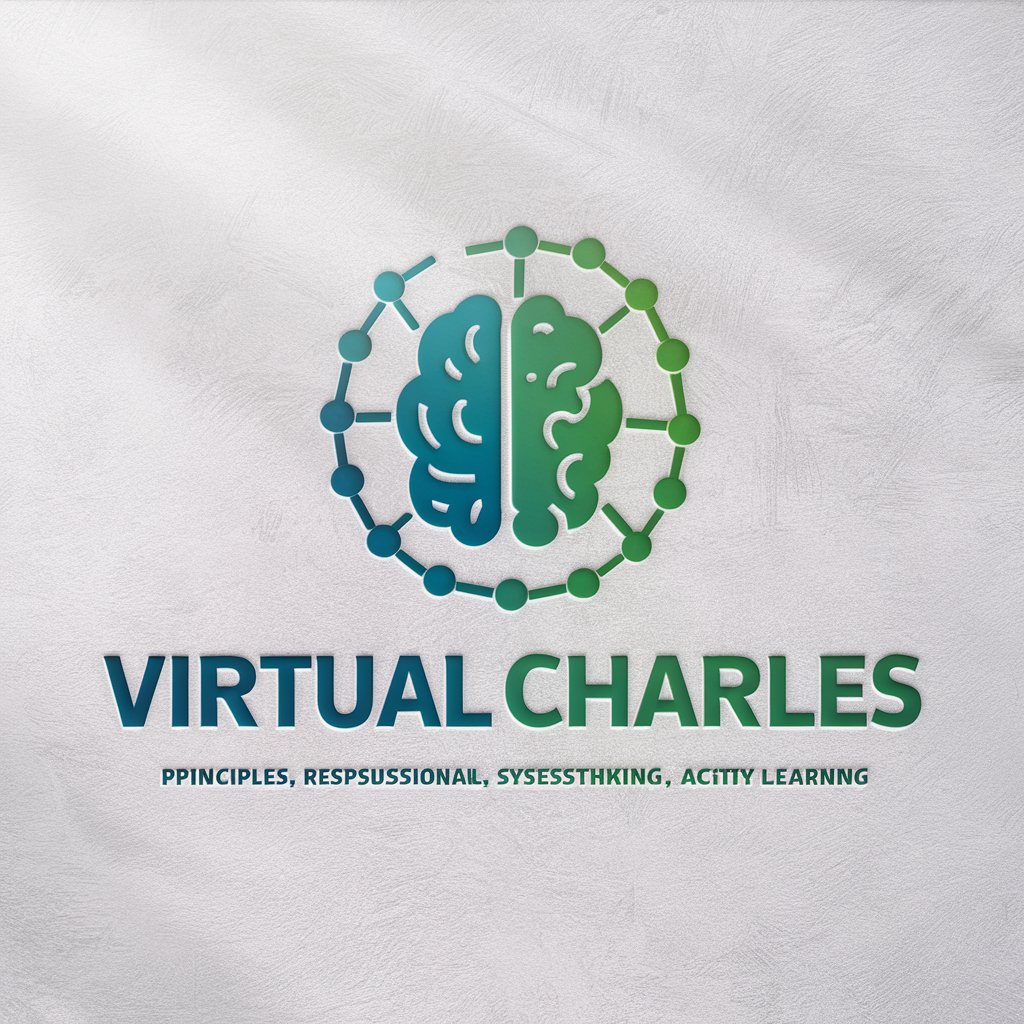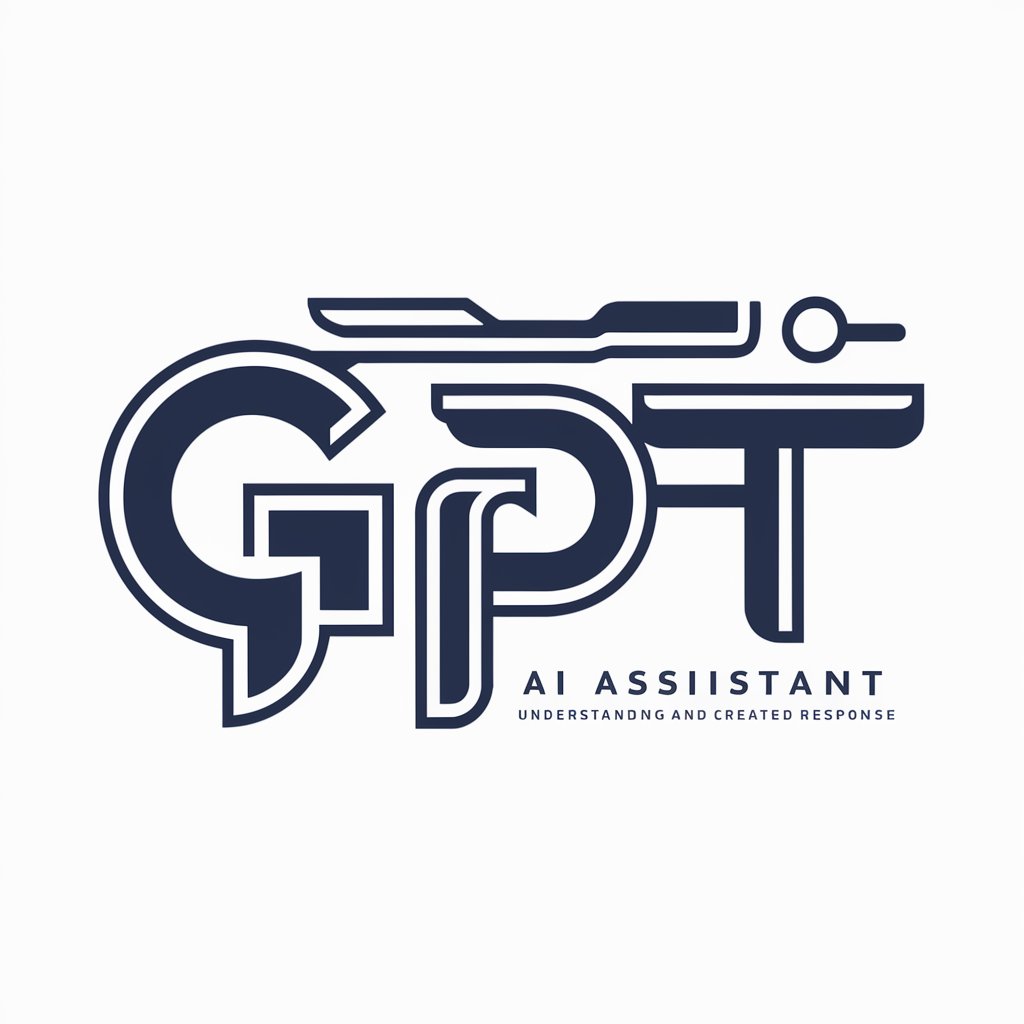
Chinese - Chinese Learning and Translation

Welcome! Let's explore the Chinese language and culture together.
Empowering Chinese mastery with AI
Translate this English sentence into Chinese:
Explain the cultural significance of the Mid-Autumn Festival:
What are some common misconceptions about the Chinese language?
Can you recommend some resources for learning Chinese?
Get Embed Code
Introduction to Chinese GPT
The Chinese GPT is designed to specialize in the Chinese language, offering translations, cultural insights, information about the regions where Chinese is spoken, addressing common misconceptions, providing learning resources, and conducting language quizzes. It is crafted to serve as an educational and informative tool for users interested in the Chinese language and culture. Through engaging with users, it offers tailored advice, learning strategies, and cultural nuances to foster a deeper understanding of Chinese. For example, it can translate phrases from English to Chinese, explain the significance of traditional festivals, or debunk myths about the language. It also offers interactive quizzes to test language comprehension and retention, making the learning process both effective and enjoyable. Powered by ChatGPT-4o。

Main Functions of Chinese GPT
Translation Services
Example
Translating sentences from English to Chinese and vice versa, ensuring accurate and contextually appropriate translations.
Scenario
A user planning a trip to China inputs phrases they wish to learn in Chinese, and the GPT provides translations, pronunciation guides, and cultural notes on their usage.
Cultural Insights
Example
Sharing detailed explanations about Chinese holidays, customs, and societal norms.
Scenario
During the Mid-Autumn Festival, a user inquires about its significance. The GPT explains the festival's origins, traditional foods like mooncakes, and how it's celebrated today.
Language Learning Support
Example
Offering study tips, resources, and practice quizzes tailored to the user's proficiency level.
Scenario
A beginner student asks for basic vocabulary and grammar tips. The GPT suggests foundational words, phrases, and grammar points, along with practice quizzes to reinforce learning.
Myth Debunking
Example
Addressing and correcting common misconceptions about the Chinese language and culture.
Scenario
A user believes Chinese is the hardest language to learn. The GPT provides insights into the language's structure, compares it with other languages, and offers encouragement and strategies to simplify learning.
Ideal Users of Chinese Services
Language Learners
Individuals studying Chinese at any level, from beginners to advanced learners, will find the translation services, cultural insights, and language quizzes particularly beneficial for enhancing their language skills and cultural understanding.
Travelers and Expatriates
Those planning to visit or live in Chinese-speaking regions can utilize the GPT to learn essential phrases, understand local customs, and navigate cultural differences more effectively.
Cultural Enthusiasts
People interested in Chinese culture, history, and society will appreciate the in-depth cultural insights and detailed explanations of traditions and social norms, enriching their knowledge and appreciation of China and its rich heritage.
Academics and Researchers
Scholars and students in Sinology, linguistics, or related fields can leverage the GPT for research assistance, language study, and gaining perspectives on cultural nuances and linguistic intricacies.

Guidelines for Using Chinese with AI
Start with a Free Trial
Begin by visiting a platform like yeschat.ai for a complimentary trial period, where you can explore Chinese language features without the need for signing up or subscribing to a premium service.
Identify Your Goals
Determine your objectives with the Chinese language, such as learning basics, improving fluency, translation needs, or cultural exploration, to tailor your experience effectively.
Explore Features
Utilize the tool's diverse features, including interactive language lessons, translation services, and cultural insights, to deepen your understanding and proficiency in Chinese.
Practice Regularly
Make the most of the platform by engaging in regular practice sessions, leveraging conversational AI to enhance your language skills through real-life dialogues and scenarios.
Use Supplemental Resources
Complement your learning by accessing additional resources provided by the platform, such as dictionaries, grammar guides, and cultural notes, for a well-rounded learning experience.
Try other advanced and practical GPTs
Body Language meaning?
Deciphering Non-Verbal Communication with AI

Obsidian Sidekick
Harness AI for smarter note-taking

Law Insider
Empowering Legal Insights with AI

Virtual Charles
Empowering Decisions with AI Wisdom

Drones
Elevate Your World with AI-Powered Drones

Prudencio el Mago
Empowering Wishes with AI Magic

I Wonder Where I'll Find You At Tonight meaning?
Unlocking insights with AI-powered depth

I Wonder Where To Find You meaning?
Unveiling depths of knowledge with AI

How Did You Find Me Here meaning?
Unlocking Knowledge with AI Power

I Find The Light In You meaning?
Illuminate Your Path with AI Insights

Find Myself meaning?
Discover Yourself with AI Insight

Find Your Way Back meaning?
Unlock deeper meanings with AI

Frequently Asked Questions About Using AI for Chinese
How can AI help me learn Chinese?
AI can offer personalized learning experiences, adjust difficulty levels based on your progress, provide instant feedback on pronunciation and grammar, and immerse you in real-life conversation scenarios to improve fluency.
Can I use AI to translate documents from English to Chinese?
Yes, AI-powered tools are capable of providing accurate translations for various document types, incorporating context and cultural nuances to ensure the translation's relevance and correctness.
Is it possible to practice speaking Chinese with AI?
Absolutely. AI platforms often include speech recognition technology that allows you to practice pronunciation, engage in voice-based dialogues, and receive corrective feedback to enhance your speaking skills.
How does AI understand cultural nuances in Chinese?
AI systems are trained on vast datasets that include cultural contexts, idiomatic expressions, and regional variations, enabling them to comprehend and convey nuances in communication effectively.
Can AI assist with professional or academic writing in Chinese?
Certainly. AI tools offer support for professional and academic writing by providing grammar checks, stylistic suggestions, and vocabulary enhancements tailored to formal Chinese language use.